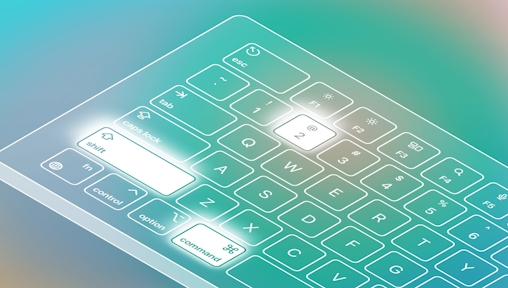
The best keyboard shortcuts to get started with Sketch
Here’s how to fast-track your work in a single keystroke

Here’s how to fast-track your work in a single keystroke


Learn how investing in UX research can help your business grow — plus a few other benefits
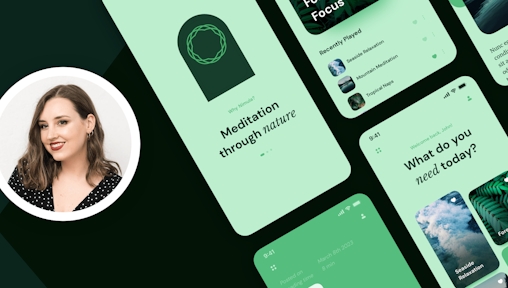
”I think most designers can really appreciate when something is well made and designed. So to be able to create that for other people feels like a superpower.”
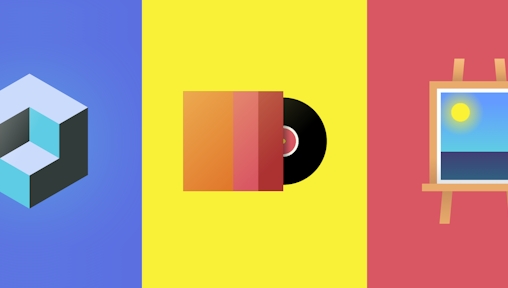
Plus — keep reading to find out how you can enter our one-layer design challenge

Give your designs that extra polish with a single click
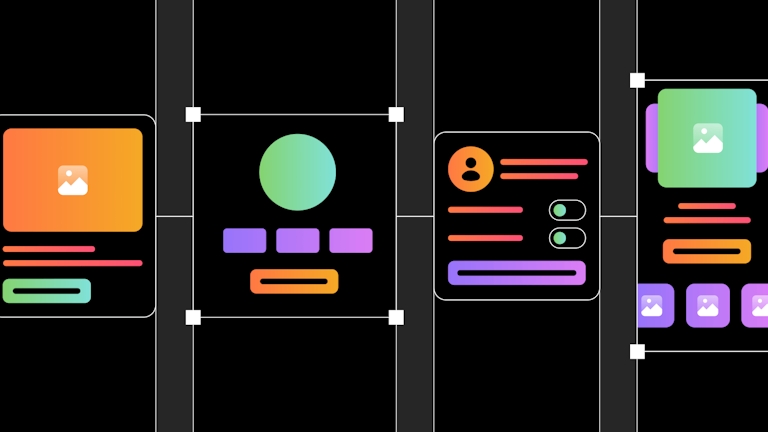
In our final post of this behind the feature series, Paulo and Torsten explain how they broke Smart Layout free from the confines of Symbols and brought it to groups and Artboards.
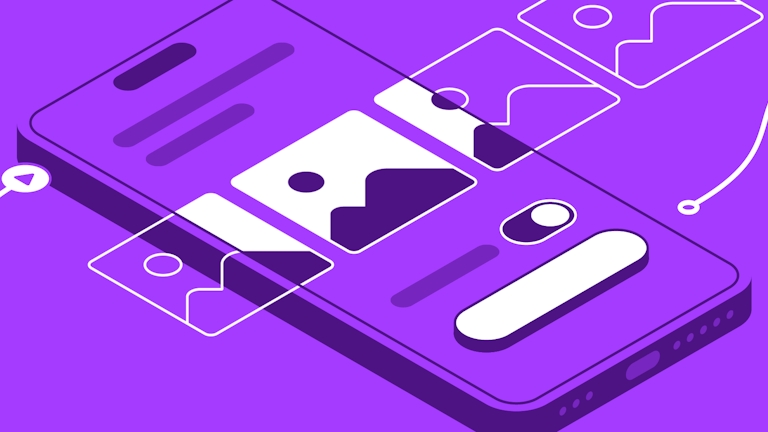
Learn how to create realistic prototypes with a variety of tools, like Overlays or scroll areas, add movement with Smart Animate and preview them in our iOS app

Peek behind our renderer’s curtain — where all the magic happens.

Take collaboration to the next level with Libraries — the perfect way to centralize your components

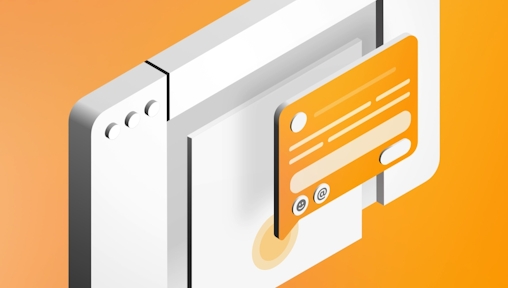
Learn how to share feedback on the Canvas and strike up a conversation, right where it matters
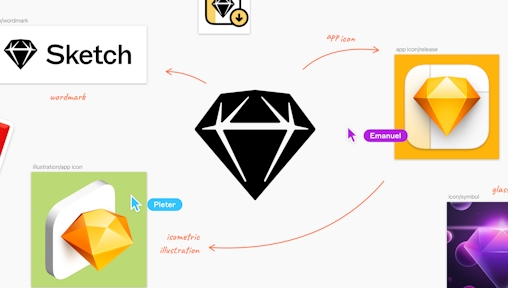
Our co-founders, Pieter Omvlee and Emanuel Sá, discuss what’s next for Sketch — in 2023 and beyond.

Give your designs that extra polish with a single click

In our final post of this behind the feature series, Paulo and Torsten explain how they broke Smart Layout free from the confines of Symbols and brought it to groups and Artboards.

Learn how to create realistic prototypes with a variety of tools, like Overlays or scroll areas, add movement with Smart Animate and preview them in our iOS app